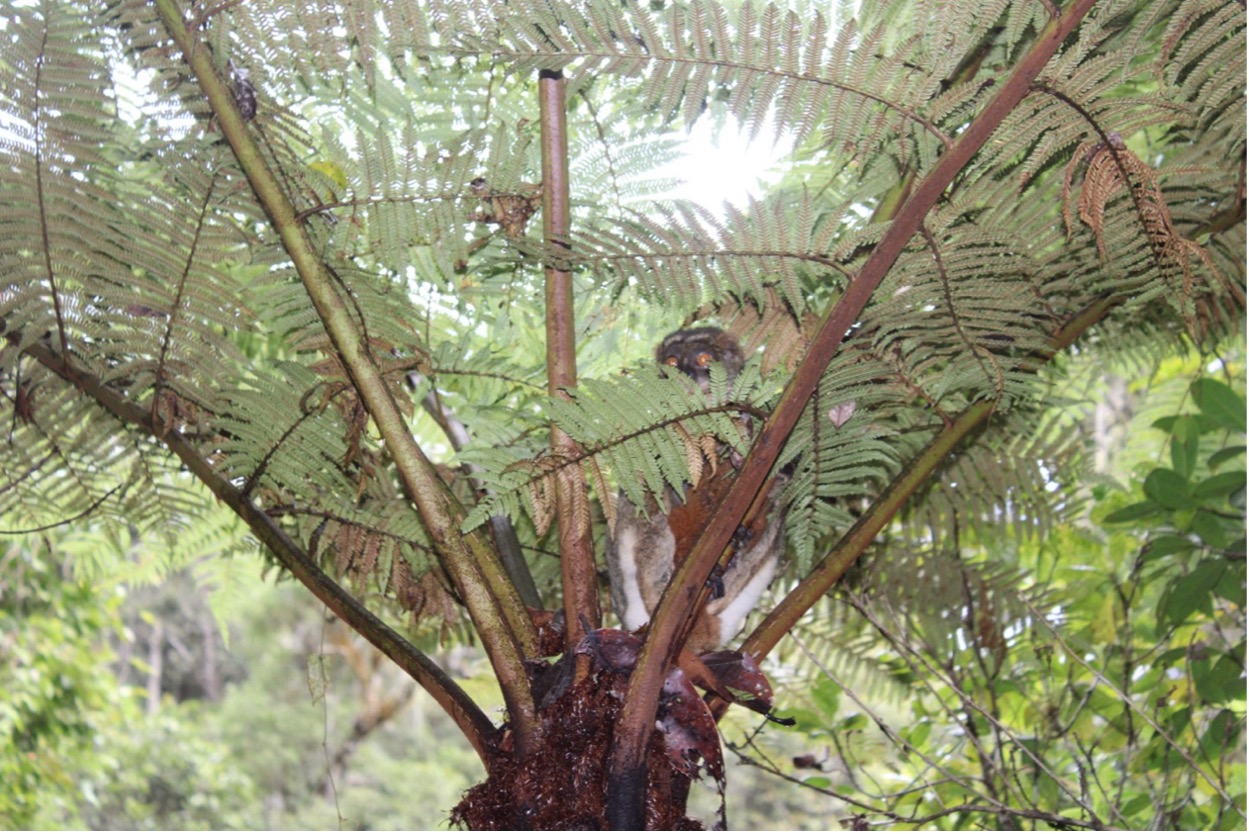Author: Mwihaki John | Date: August 2024
Fern Fieldwork in Madagascar
I’m excited to share my recent fern fieldwork in Madagascar. Join me as we explore these fascinating plants and the unique landscapes they thrive in. But first, let’s make a quick stop in Antananarivo, or “Tana”, as the locals fondly call it.
Antananarivo, Madagascar


Antananarivo, the vibrant capital of Madagascar, is a city of rolling hills, rich history, and cultural diversity. Known for its bustling markets, historic architecture, and breathtaking views, Tana serves as the gateway to Madagascar's unique landscapes and biodiversity.
Mandraka Park, Madagascar


Our first stop was the lush, mountainous region of Mandraka, about 65 kilometers from Antananarivo. The day temperature is between 19-26 °C, and the forest, teeming with life, is a botanist's dream. Despite the heavy rains, we collected species of Cyathea , Selaginella sp. , and Ptisana africana . It was a thrilling start.


Mitsinjo Reserve, Andasibe Region

Next, we headed east to the Mitsinjo Reserve near the village of Andasibe, approximately 150 kilometers East of Tana, in the Alaotra-Mangoro region. This protected area is a rainforest haven, with an average annual precipitation of 1700mm. This forest is rich in species biodiversity, and we identified several tree ferns such as Alsophila barbonica , A. bellisquamata , A. billata , and four undetermined species, mostly found near streams.


The Habitat of Tree Ferns in Andasibe
The forests of Andasibe are home to a rich tapestry of plant life that thrives alongside tree ferns. Common companions include Camellia japonica , Cryptocarya crassifolia , Symphonia sp., Oncosperma sp., Dypsis pinnatifrons , Ocotea sp., Ficus sp., Erythroxylum sp., and Anthocleista sp. We also found other fern species, such as Dicranopteris linearis , Lygodium lanceolatum (locally used as medicine), Schizaea dichotoma , Onoclea sensibilis , and Pteridium aquilinum (traditionally believed to hold supernatural powers).

Vohimana Forest, Ambavaniasy Village
Nestled in the hilly highlands of eastern Madagascar, Vohimana is a small reserve situated approximately 160 km east of Antananarivo. After a long rainy day trek into the forest, we reached the Vohimana River, the crème de la crème of tree fern habitats. Here, we collected a wealth of tree ferns, including Alsophila boiviniformi , A. boivinii , A. decresscens , A. milleri , A. similis , A. tsaratananensis , A. madagascarensis , and three undetermined Alsophila species.


A Glimpse of Alsophila Similis
Alsophila similis stands out with its tall, thick, dark-spined caudex and small fronds at the base of long, branching fronds.








Maromizaha Reserve
Maromizaha is a highland rainforest east of Tana. This protected reserve is home to several species of Lemur and more than 400 plant species. We took a circuit of more than 15km hunting tree ferns. To quench our fatigue, we had a special encounter with a lemur nesting on a tree fern, a moment that beautifully captured the connection between Madagascar’s unique wildlife and its ancient plant life.




Botanical and Zoological Garden of Tsimbazaza
We concluded our fieldwork by visiting the Botanical and Zoological Garden of Tsimbazaza, where I took a last look at their impressive collection of more than 40 tree fern species. The experience highlighted the importance of herbarium in preserving biodiversity and supporting ongoing scientific research.


Acknowledgment
Thanks to the funding and support from various institutions and individuals, this research was made possible.
-
Funding:

-
Institutions:



- Individuals: My Advisor, Dr. Emily B. Sessa, Dr. Lawrence Kelly, Dr. Barbara Ambrose, Adeline Feguera,Ms Faranirina Lantoarisoa Dr. Andrimalala, Local Guides Hassinah, Sabotsy, Youssof, and Fanomezantsoa Tsilavina.